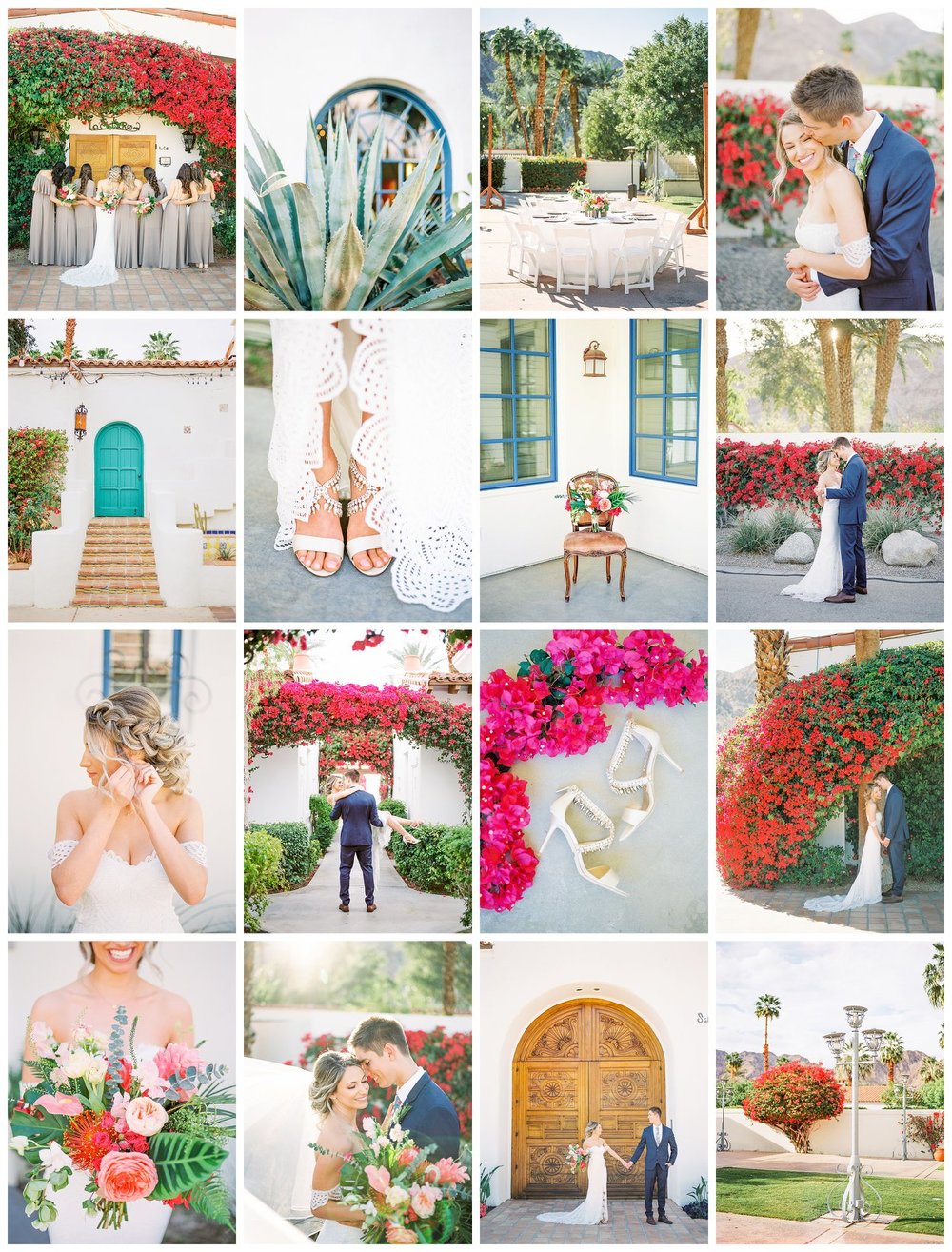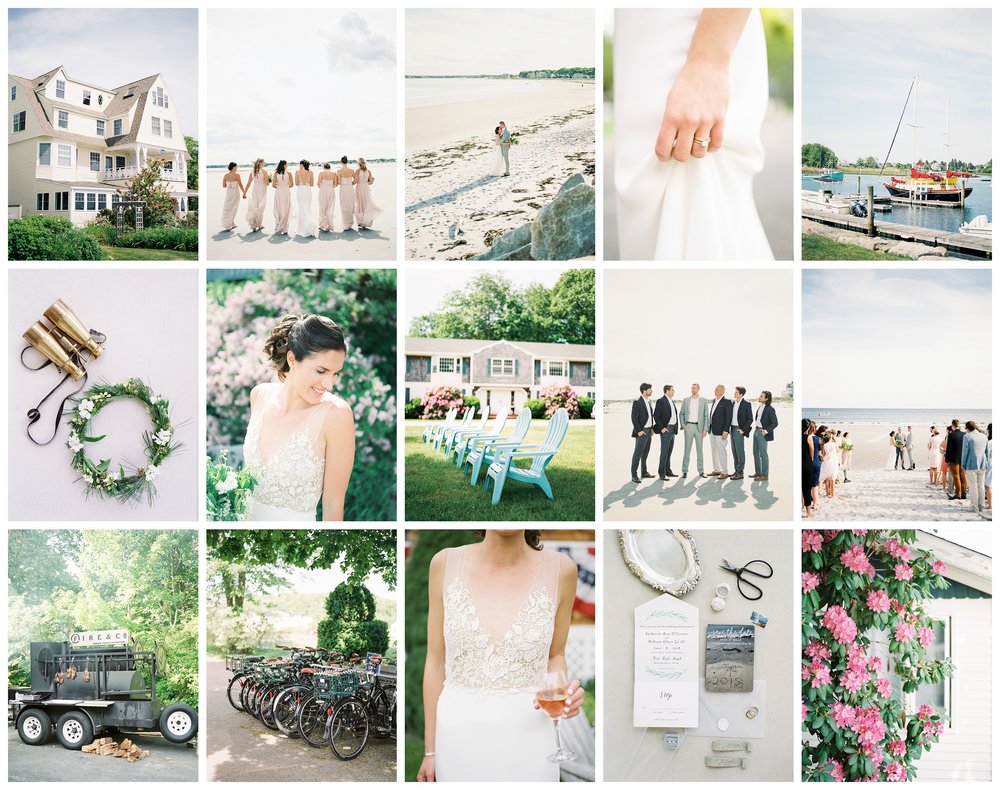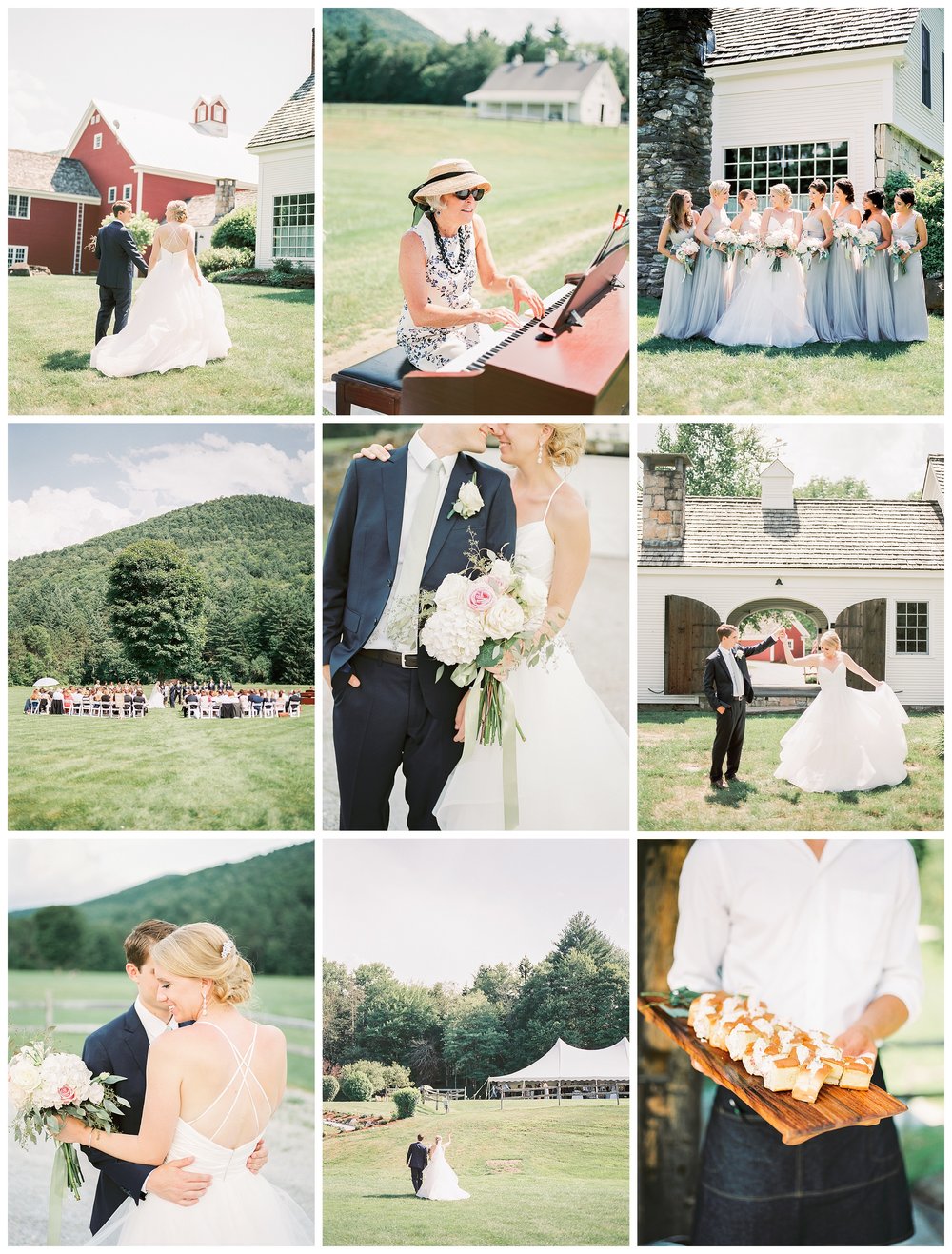
Alright folks, this post was a long time coming. Today I want to talk to you about FILM. No, not video… shooting in real honest to god physical film like your parents had on their wedding day. I started shooting film in college when I had my first ever dark room class. I was able to develop my own film (with chemicals that the Duke Lab paid for). I loved it then but in the age of digital, I never thought I would return to it.
I found my way back to film with a Canon AE. You can buy one at a local store for under $100. There is no autofocus and it’s a 35mm film camera. From there, I launched into loving film for personal work and have since started incorporating it into weddings. Below, I want to explain what film is, some small things about it that you may find helpful and also discuss price. I would be wary to consider myself an expert on ALL things film because there are so many different processes, cameras and mindsets but I want to share this for my clients who are curious about the film basics and my passion for it!

THE MECHANICS
Film Sizes
There are 2 main film sizes I use: 35mm and 120mm. Each use different cameras. 35mm is a smaller roll about 2 inches long. You get 36 exposures (or pictures) per roll but the back draw is since it is smaller, there is less detail and they can’t be blown up as well! 120mm (or “Medium Format”) allows for 16 pictures and uses a way more expensive camera body. The film roll is about 3 inches long and this is what photographers use on wedding day. There is also Large Format but ain’t nobody got time for that.
Camera
While I started with a Canon AE, having to manually focus on wedding day isn’t my ideal when I’m in a time crunch. I first upgraded to an EOS 3 because it uses all of my Canon lenses that I own for my Mark III. I then got my Pentax 645N medium format film camera with my 75mm lens which I love. The camera I have my eye on is a Contax 645 which is what the heavy hitters use. Focal lengths for the lenses of these film cameras are different than the sizing for digital cameras. My 75mm Pentax lens shoots like a 50mm Canon lens.
Film Stock
I use 3 types of film stock: Fuji, Portra and Illford. Fuji looks a little bluer, Porta is a warmer (more yellow/orange) and Illford is a black and white stock (I only use this for reception). When you buy your film, you also select a “speed” or how bright it is. Fuji 400 is my favorite and a good starter film. It likes a lot of light and outdoor settings. Porta 800 is what I like to shoot on darker days and indoor settings and Illford 3200 is good for B&W receptions. The number (400, 800 and 3200) is equivalent to your ISO meaning how much light the film gets/needs.
Metering
Since a lot of film cameras have bad auto readers, you can use a light meter to tell you what your shutter speed should be. I no longer meter because I tend to know based on the settings but I did have a Seconic meter.
Film Labs
After you snap your images, it is time to process your film. In an ideal world, you would develop your own film but you would need a dark room (a room completely sealed off to light) and some very expensive chemicals and paper. Most people send their film to a lab. The film labs I have used include: Photovision, Richards Photo Lab, Goodman and The Find Lab. These all vary in price and delivery mechanic. You should send a few rolls to each and decide which works best with your workflow and price point. You can pay extra for some post editing from each lab by submitting a color profile.
Scanning
Once the film is developed, the labs then use a scanner to digitize your images. It’s almost funny that we go through all this work just to have digital copies of this very physical art form. The 2 scanners most used are Frontier and Noritsu. I use the Frontier scanner because I like a little pink in my images.

THE PRICE
On Amazon, each box of 5 rolls of 120mm film (16 images) costs about $50. It is also about $50 for 10 rolls of 35mm (36 images). Depending on the film lab you use, it is about $10 for shipping and $20 for each roll for processing. To buy, ship and process one roll of film is about $35 for 120mm film and about $30 for 35mm. To put things in perspective, many film wedding photographers will shoot 40+ rolls of film on wedding day ($1400 at minimum).
One 120mm image costs $2.18
One 35mm image .83 cents
… Think about the money you could waste on blinking.

THE DRAWBACKS
I hate to say it but there is risk with shooting film. In my digital camera, I have 2 memory cards in the same camera (in case one corrupts). With film, I can’t see the final product until it is back from the lab. You also have to MAIL film (which you can insure but God forbid it get lost). Film also takes MUCH more time unless you have a film roller assistant or multiple backs. After every 16 frames, you have to change out your roll. It can be tough to roll on a tight schedule and it may make you miss some candids. It is also EXPENSIVE. If you shoot weddings on digital. All of that money is for you to take home in your pocket. Spending more than a grand on film can be a bummer but as long as clients value it, then shoot your heart out! Last but not least, some of these film cameras are older and therefore break more easily (as described by Kirk Mastin, film god, in this video). They are also expensive as all get out. To fix because many parts are discontinued.

THE REWARD
For many, the reward outweighs the risk. The look of film is almost unparalleled by anything out there. The colors are richer and the depth/dreamy quality of the images speak for themselves. Film photographers also tend to be more intentional with their images because they are paying for every click. You want to be sure everything is just right and not just shooting a bunch so that one image of the 9 is solid. It is romantic and harkens back to a time of when your parents or grandparents got married. Each image is unique, one of its kind and that makes it all the more powerful. A last little note, because film has become so popular, many high end wedding publications will only accept film submissions (Style Me Pretty, Martha, and Brides all tend to prefer film). The bottom line, you have to LOVE it to shoot it.

KIR’S FILM WORK
With all this considered, I have made the choice to be a Hybrid wedding shooter (meaning I shoot both film and digital). I love the qualities of film for all the reasons listed above but as a business decision, it is not the right call at the moment for the clientele my brand attracts. I like tons of movement, goofiness and bloopers in my wedding days and these images don’t tend to look the best with my film work. All of my personal and travel work will remain on film and below are the options for film add-ons now that you know the ins and outs!
Hybrid Engagement or Lifestyle Session (~2-3 rolls)
+$150
All Film Engagement Session (~4-7 rolls)
+$300
Wedding Day Film: Details & Portraits (~4 rolls)
+$300
Wedding Day Film (~30 rolls + assistant)
+$2000

comments